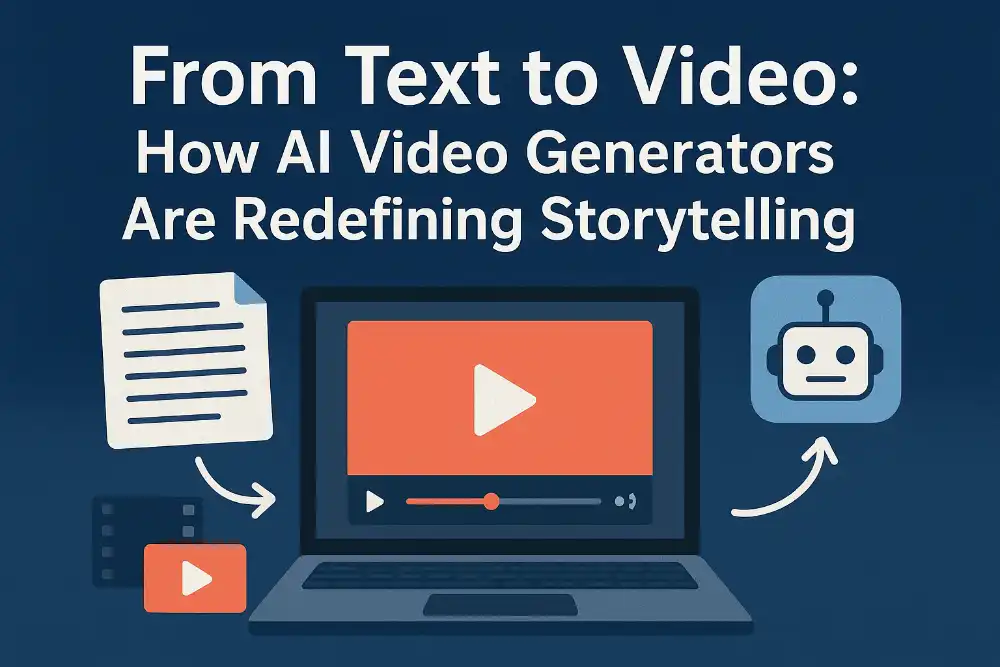What Does Artificial Intelligence in IoT Mean?
TL;DR
Introduction: The Rise of AIoT
Okay, so ai and the internet of things... sounds kinda sci-fi, right? Well, it's becoming more real every day. Ever wonder how your smart fridge knows when you are low on milk? That's aiot in action. Your smart fridge uses sensors to track inventory and ai to learn your consumption patterns, suggesting when to reorder milk. And it's kinda a big deal.
Here's why it matters:
Efficiency Boost: ai algorithms can analyze data from iot devices to optimize operations. Think of a factory where sensors monitor equipment, and ai predicts when maintenance is needed which prevents downtime.
Smarter Decisions: aiot allows for real-time decision-making based on sensor data. For example, in healthcare, wearable devices can monitor patients' vital signs, and ai can detect anomalies, alerting doctors to potential problems before they become critical.
New Business Models: aiot enables innovative services like predictive maintenance and personalized experiences. In retail, ai-powered cameras can track customer behavior in stores, allowing retailers to optimize product placement and personalize promotions.
It's not just about fancy gadgets, though. aiot is about using data to make things smarter. According to Coursera, ai has enabled us to do things faster and better, advancing technology in the 21st century.
Next up, we'll dive into the specifics of how ai is used within iot systems.
What is AIoT?
Ever wonder what makes your smart devices, well, smart? It's all thanks to aiot; it's not just about connecting devices, it's about making them intelligent.
Here's the core:
Machine Learning: ai algorithms, like machine learning, analyze iot data.
Smart Decisions: ai enables devices to automate tasks and make smart decisions themselves.
Edge Computing: This is crucial for aiot. It brings ai processing closer to iot devices. Why is that important? Well, it means faster responses because the data doesn't have to travel all the way to a central server and back. It also helps with privacy and uses less bandwidth, which is a big win.
Next, we'll look at how those core components work together.
Real-World Applications of AIoT
AIoT is making waves across industries, but where's it making the biggest difference? Let's dive in.
Healthcare: aiot can monitor patients remotely, predict diagnoses, and personalize treatments. Imagine wearable devices constantly feeding data to ai, alerting doctors to potential problems before they become critical.
Manufacturing: Predictive maintenance is a game-changer. ai algorithms analyze sensor data from equipment to predict failures, minimizing downtime and saving $$$
Retail: ai-powered cameras can track customer behavior in stores, optimizing product placement and personalizing promotions. Think of ai learning that customers who buy coffee also tend to buy pastries.
So, where does this take us? Next up: smart homes and cities!
Benefits of Integrating AI with IoT
AI and the iot? It's like giving brains to all your gadgets; what could go wrong, right? Jokes aside, it really does have some neat advantages.
Efficiency is key: ai can analyze all that data from iot devices and figure out how to make things run smoother.
Decisions, decisions: ai provides insights for making better calls.
Automation: ai can automate the complex stuff.
Next up, let's talk about security.
Challenges and Considerations
Okay, aiot sounds cool, but it's not all sunshine and rainbows, right? There are definitely some bumps in the road, and things we gotta think about.
Data Security's a Biggie: iot devices collect tons of sensitive data. If that gets into the wrong hands, uh oh.
Scaling Ain't Simple: Making aiot work for, like, a whole city? That's a whole different ballgame than your smart toaster. For example, managing the data from millions of devices, ensuring they all have reliable network connections, and having enough computing power for the ai processing at that scale is super complex.
Ethics? Yeah, That Too: ai bias is real, and we need to make sure this tech is fair for everyone.
Next, we'll talk about how to make this stuff actually work.
Future Trends in AIoT
aiot is already changing stuff, but what's next? It's kinda wild to think about. Let's look into the crystal ball, shall we?
Edge ai: Imagine ai running on your devices, not in some far-off data center. That means faster reactions and, less lag.
TinyML: ai, but smaller. like, really small. Think ai on your watch, tracking your sleep.
ai-Driven Digital Twins: Simulate real-world stuff to find problems and make things better. Like, predicting when factory equipment is going to break.
Federated Learning: ai that learns from everyone without sharing data. That's pretty cool, right?
Next up? We'll wrap things up, so stick around!
Conclusion: Embracing the AIoT Revolution
Okay, so we've gone over a lot about aiot, right? It's kinda like giving your everyday stuff a super-smart upgrade. But what's the real takeaway here?
AIoT is a game-changer: It's not just about connecting devices; it's about making them smarter and more efficient. Think of smart grids optimizing energy consumption in real-time, or predictive maintenance preventing equipment failures in factories. These aren't just isolated improvements; they represent a fundamental shift in how we manage resources and operations.
Opportunity Knocks: Businesses should be looking into aiot solutions to get ahead. ai can analyze data patterns and respond in ways that create opportunities, improves services and saves time.
Challenges are real, yo: We have to remember the ethical stuff, like keeping data safe, making sure algorithms are fair, and not letting ai make decisions without human oversight or causing widespread job displacement. It's a balancing act.
aiot isn't just some buzzword, it's shaping how we live and work, and it's a good idea to keep up with it.



